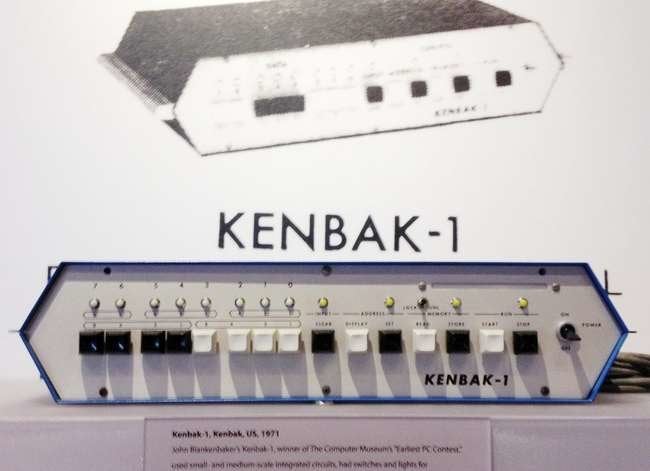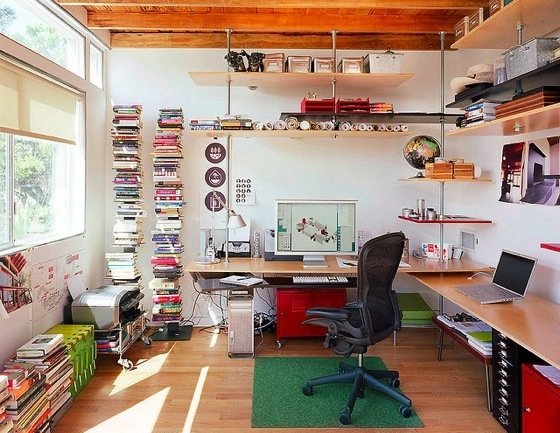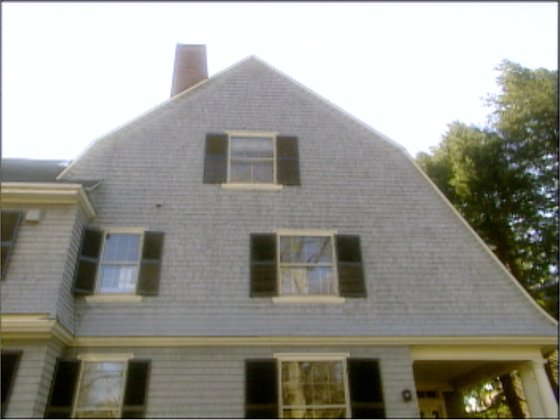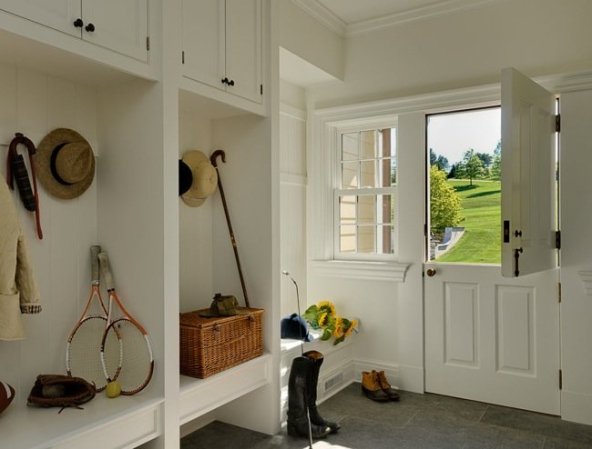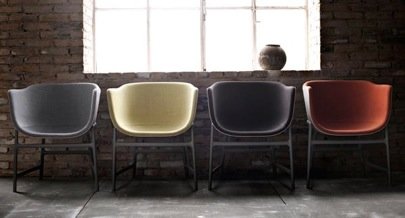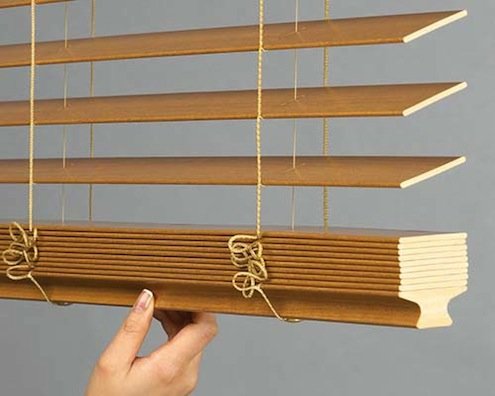We may earn revenue from the products available on this page and participate in affiliate programs. Learn More ›
Quadricycle
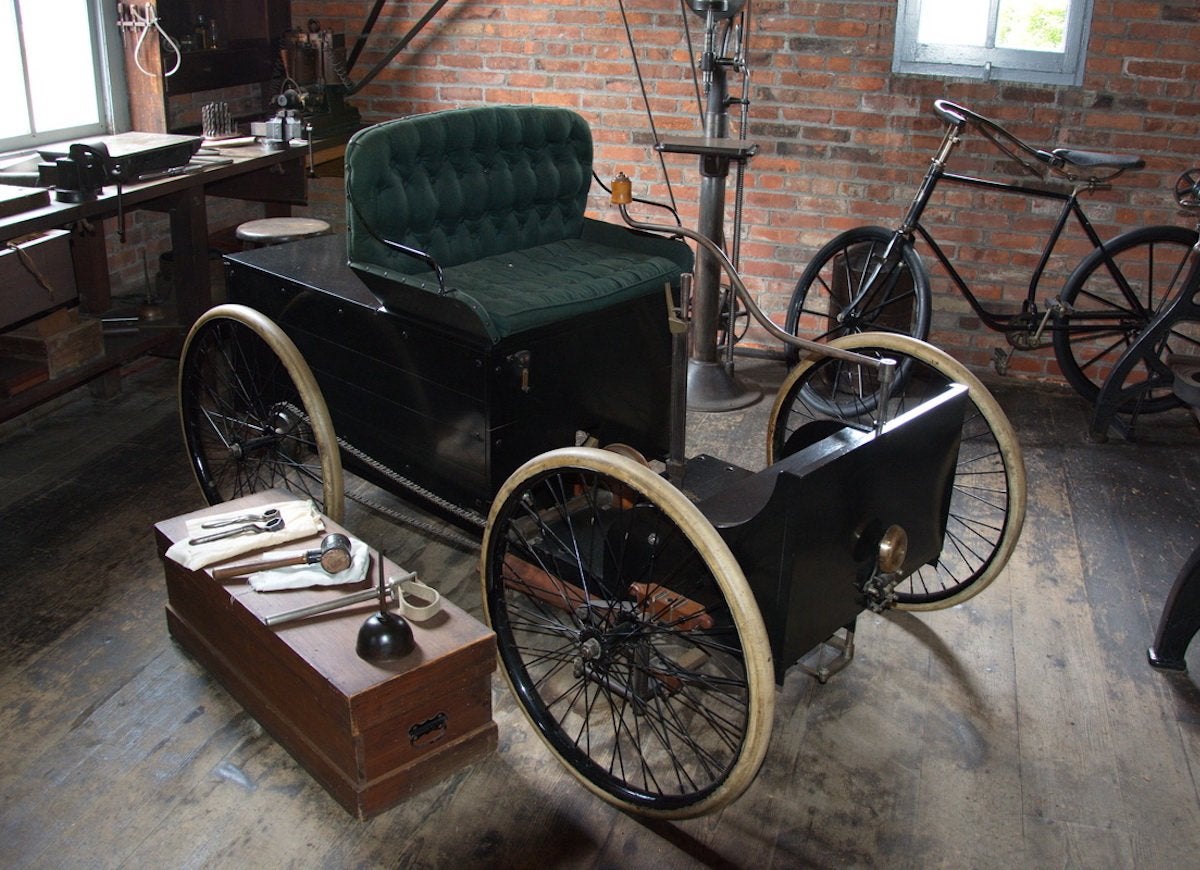
flickr.com via jimculp
Ford automobiles can be found in millions of garages in America today. So, it’s only fitting that the first Ford car—and one of the earliest automobiles anywhere—was built by Henry Ford in the garage of his childhood home in Detroit. Unveiled in 1896, the “Quadricycle” was made up of commonly available materials that included bicycle wheels and a doorbell, and featured a gasoline-powered engine and—hold your horses—a top speed of 20 miles per hour.
The Walt Disney Studios
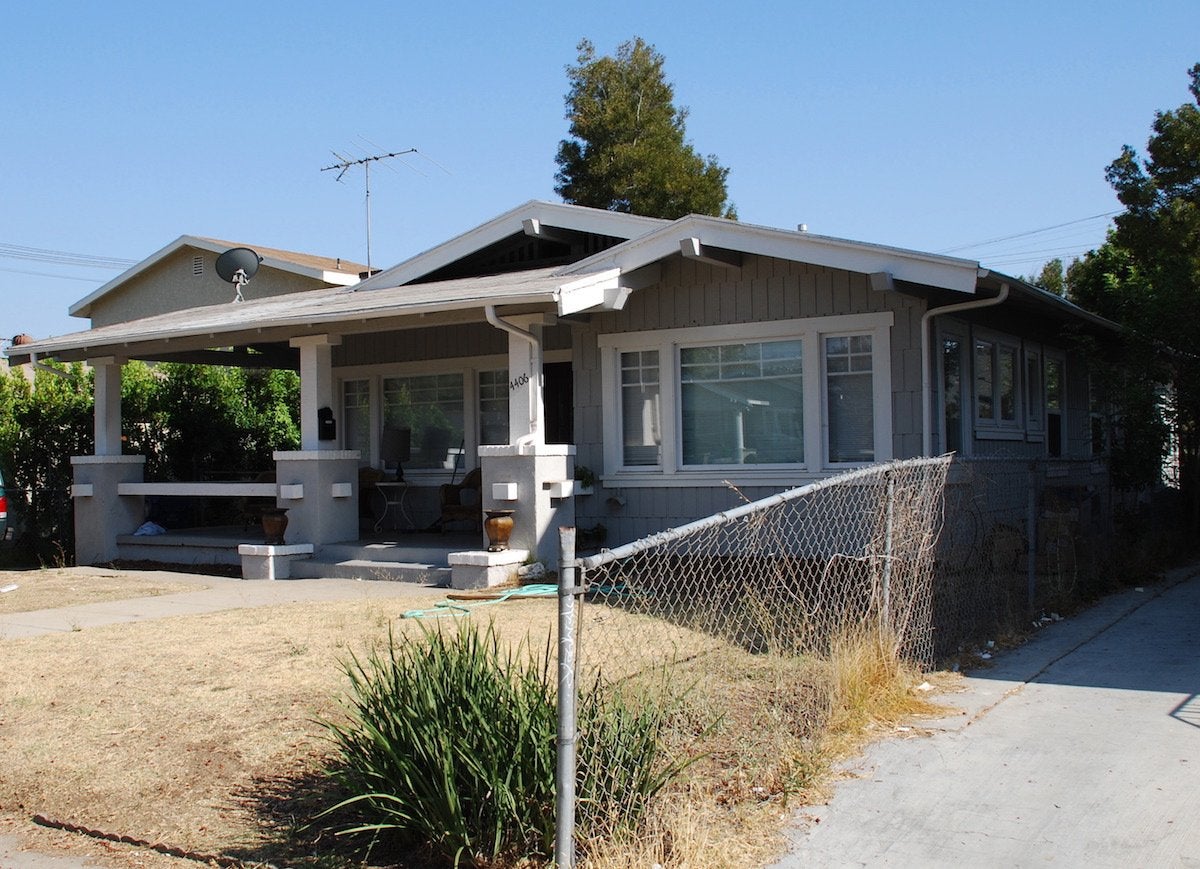
flickr.com via Floyd B. Bariscale
Long before he gave us animated classics like Snow White and the Seven Dwarfs and Sleeping Beauty, a young Walt Disney finessed his technique in the garage of his uncle Robert’s Los Angeles home. Because this garage, where he lived and worked between August and September of 1923, was where he started to make his first short films, the Walt Disney Company considers it the first Disney Studio. The price was certainly right for the budding animator—the rent was only $5 a week.
Etch A Sketch
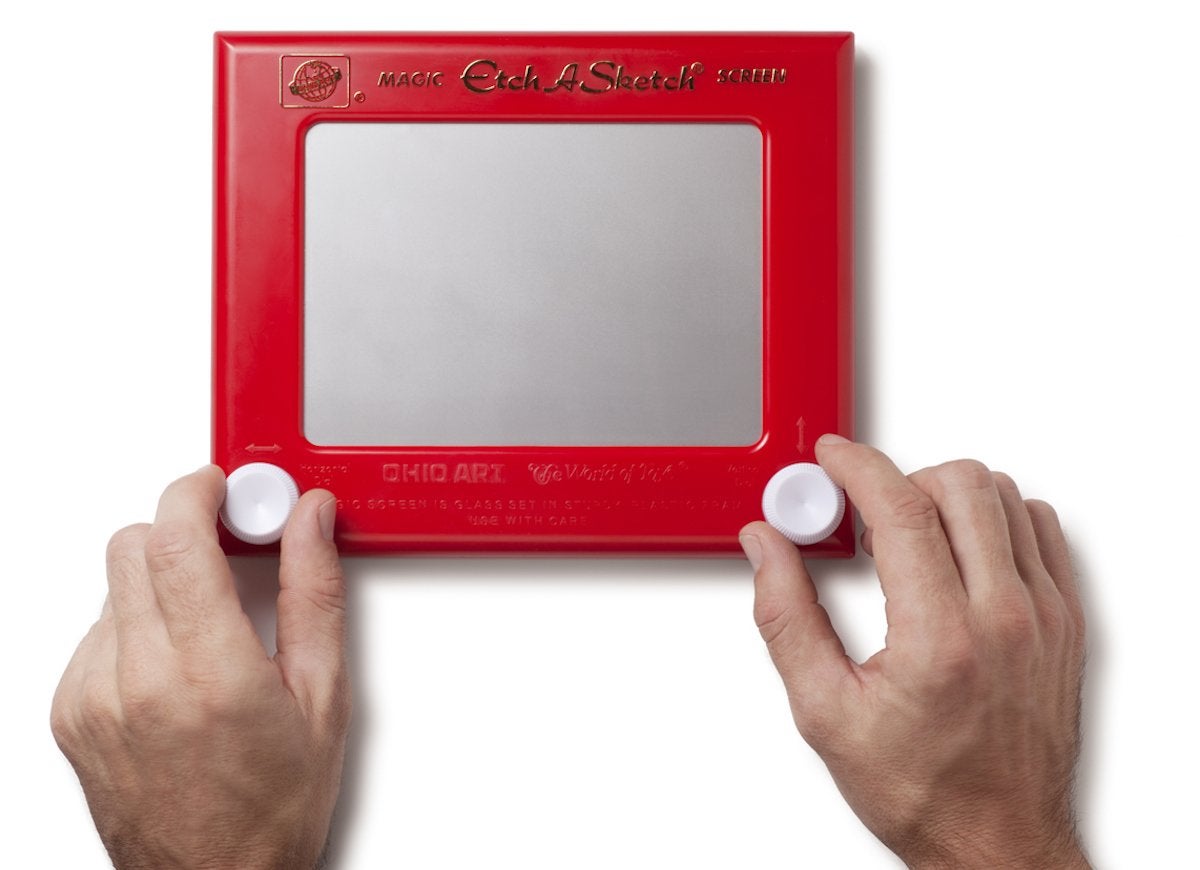
Thanks to French electrical technician André Cassagnes, kids everywhere now know that when they make a mistake, they can literally shake it off and try again. Cassagnes invented the iconic Etch A Sketch drawing toy in the 1950s, working in his garage. Made of glass and fine aluminum powder, the toy could be operated via its joystick (later replaced by two knobs) and shaken to clear the screen like magic—no pen or paper required. The handheld device premiered at the International Toy Fair in Nuremberg, Germany, in 1959, and was first sold in the United States in 1960.
Dyson Vacuum
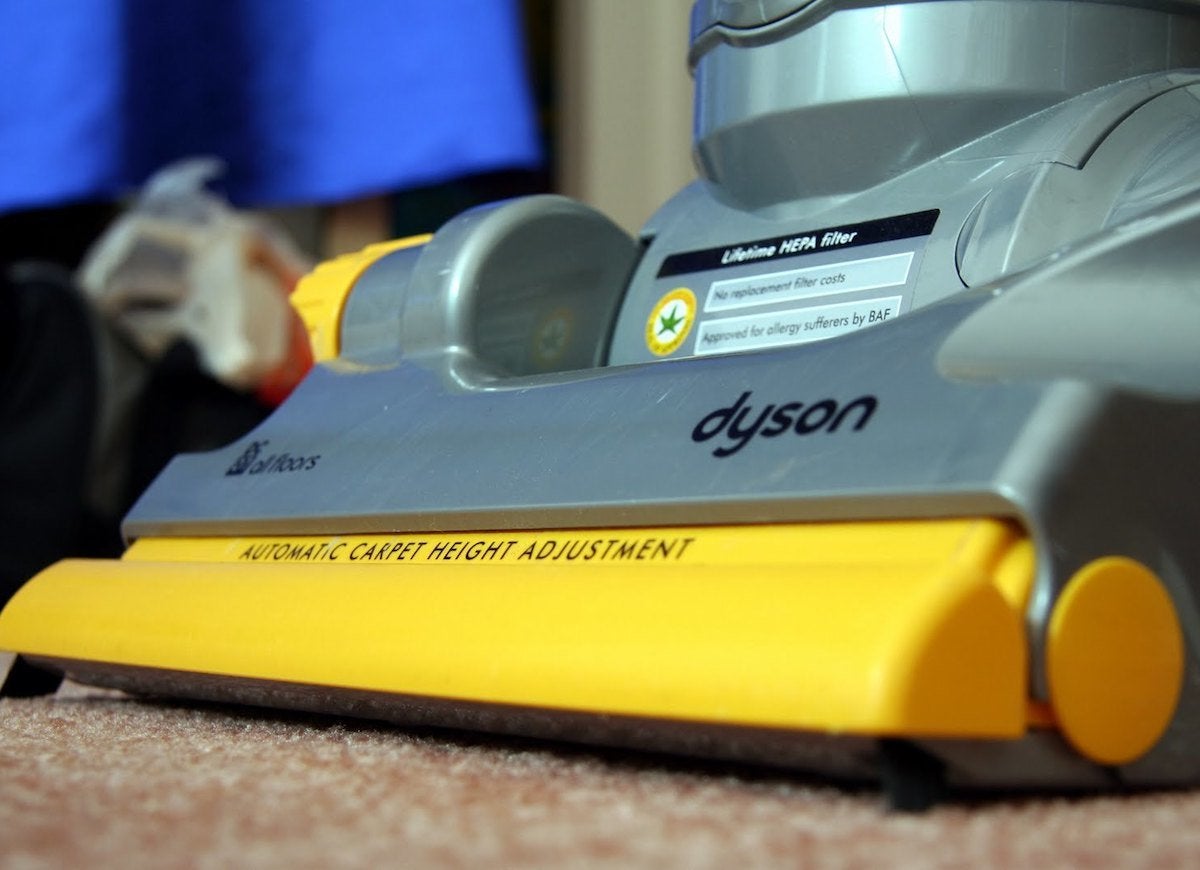
flickr.com via photographingtravis
In his long quest to build a vacuum that, as his company says, will “never lose suction,” James Dyson never lost hope. The first Dyson vacuum, launched in 1993, was preceded by 5,127 iterations created over a period of—get this—five years of tinkering in his garage.
Nest Thermostat
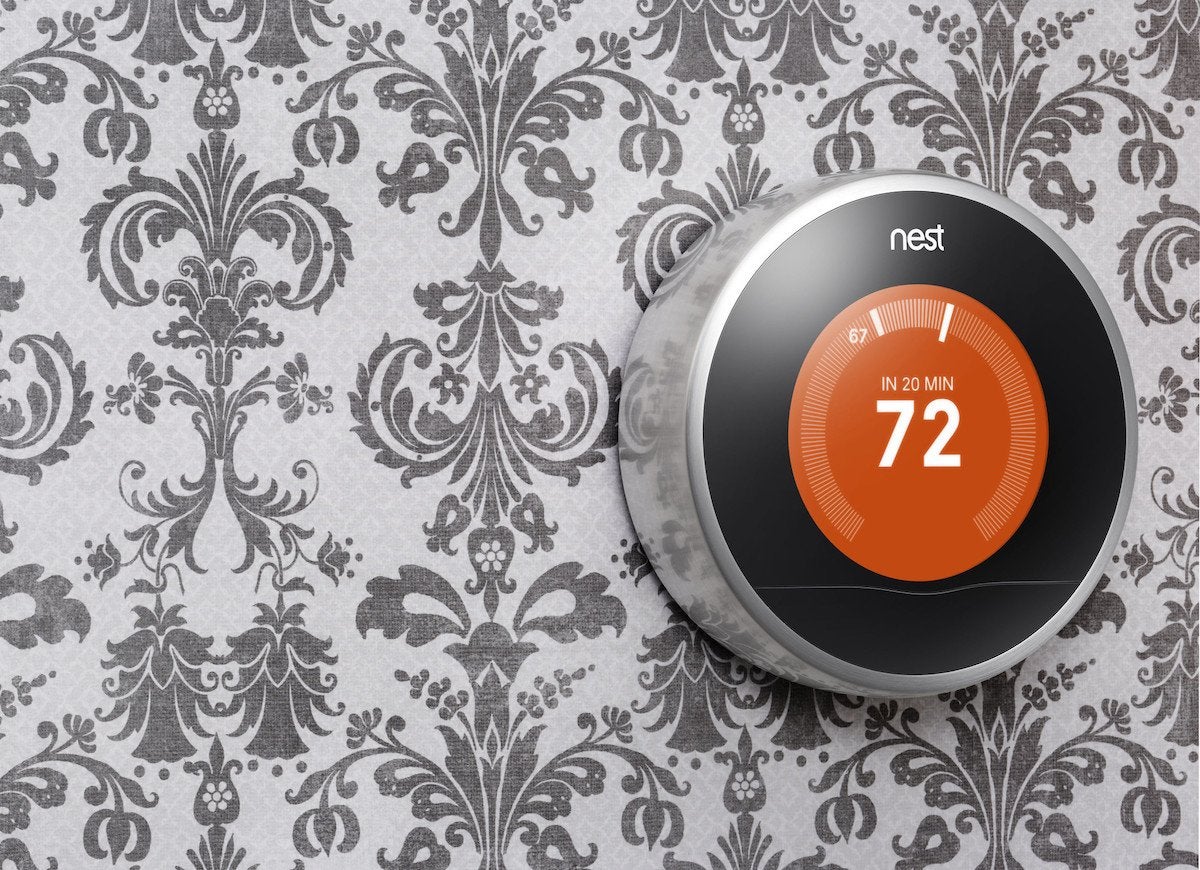
flickr.com via nest
In 2017, Matt Rogers left the green pastures of Apple Inc. for a rented garage in Palo Alto and convinced 10 other Silicon Valleyites to join him, working for free on what would eventually become the first Nest Thermostat. The gamble more than paid off, as the smart, programmable thermostat went on to revolutionize the home heating and cooling industry. Nest now has more than 1,100 employees.
Related: 6 Things to Know Before Switching to a Smart Thermostat
Google Search Engine

Google, the search engine created by Larry Page and Sergey Brin, has made it easier and faster for everyone to find the answers to their most burning questions. Although the all-knowing algorithm was born in the Stanford dorms circa 1996, the company got on its feet and added key employees when it moved to a Menlo Park, California, garage in 1998.
Telephone
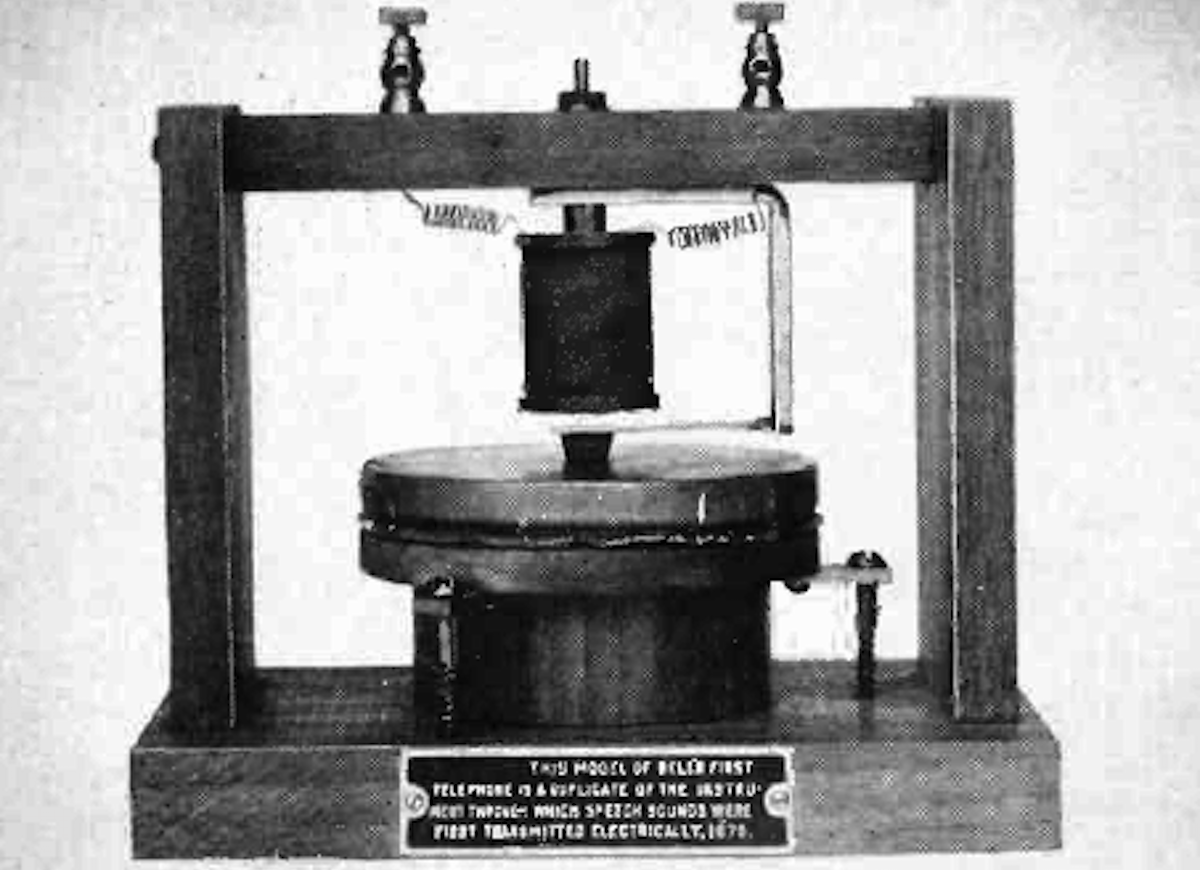
Carriage houses, essentially the garages of the 19th century, have seen their fair share of creative activity. Back in the 1870s, Alexander Graham Bell burned the midnight oil in the carriage house on his parents’ property in Ontario, Canada, as he worked out the fundamentals of the first telephone. In 1876 he would make the world’s first long-distance call from that very spot.
Personal Computer
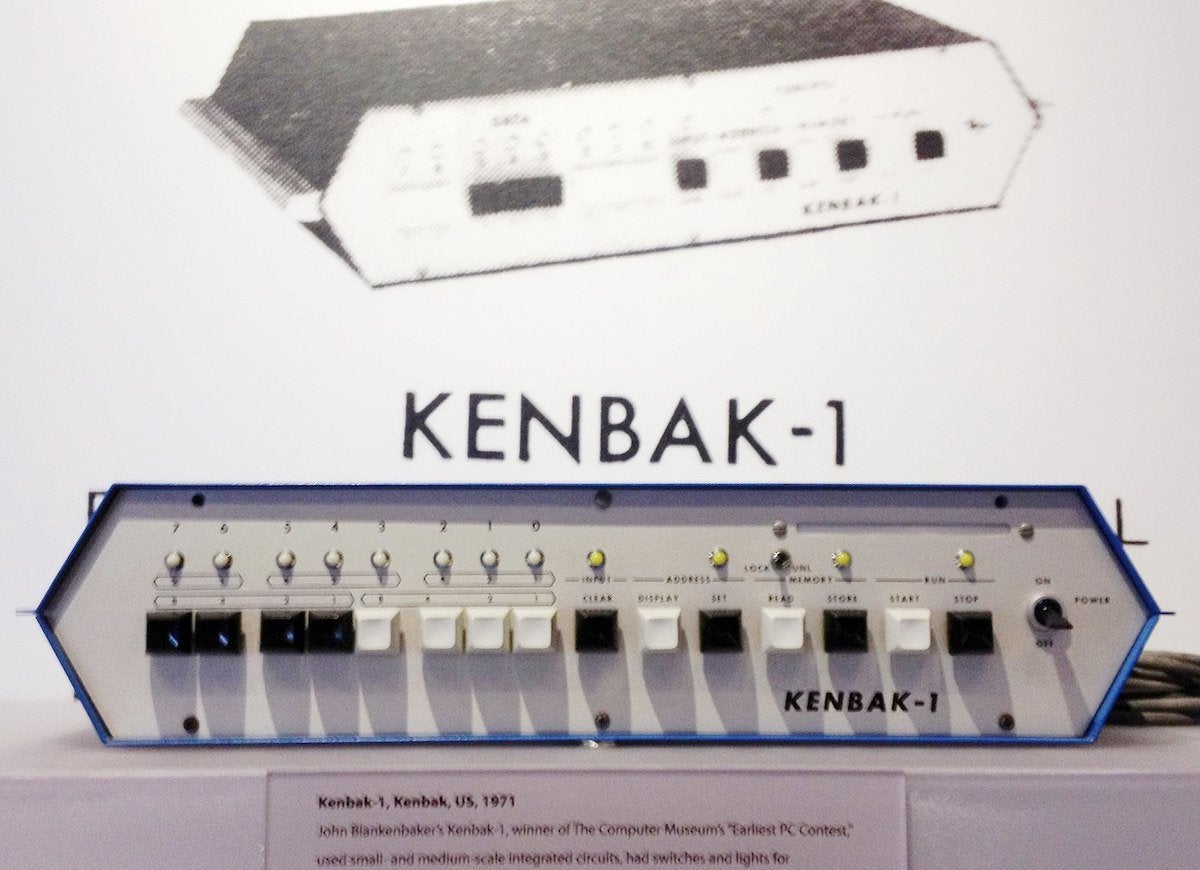
Wikimedia Commons via Kathryn Greenhill
Contrary to popular myth, the original Apple Computer, built in 1976, was neither built in a garage nor the first personal computer invented. According to the Computer History Museum, that honor belongs to the Kenbak-1, which was built in 1971 in the garage of John Blankenbaker. The computer, which sold for $750, was marketed to schools in the hopes that it would introduce students to programming. Only about 40 computers were produced, and production stopped in 1973.
Related: 13 Odd Predictions About the Future That People in Past Decades Got Wrong—And Right
Mod Podge
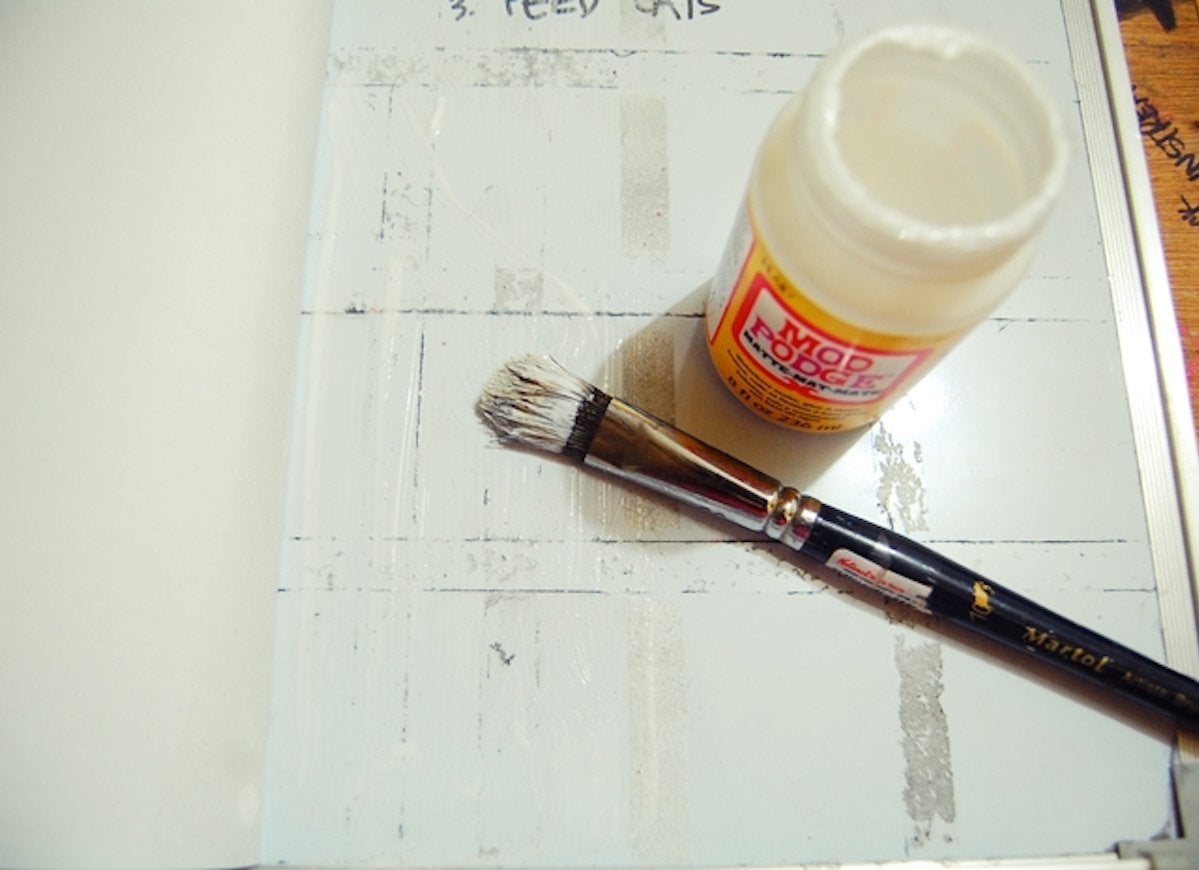
flickr.com via handmadewhimsy
A must-have material for decoupage projects, Mod Podge, short for “Modern Decoupage,” is an all-in-one glue, sealer, and finish that can be used to adhere fabric or paper to a variety of surfaces, including furniture, accessories, and even cars. Atlanta-based DIYer Jan Wetstone dreamed up the slippery stuff in the 1960s in her own garage and tested her creation by decoupaging a Volkswagen beetle, of all things!
Radio Station
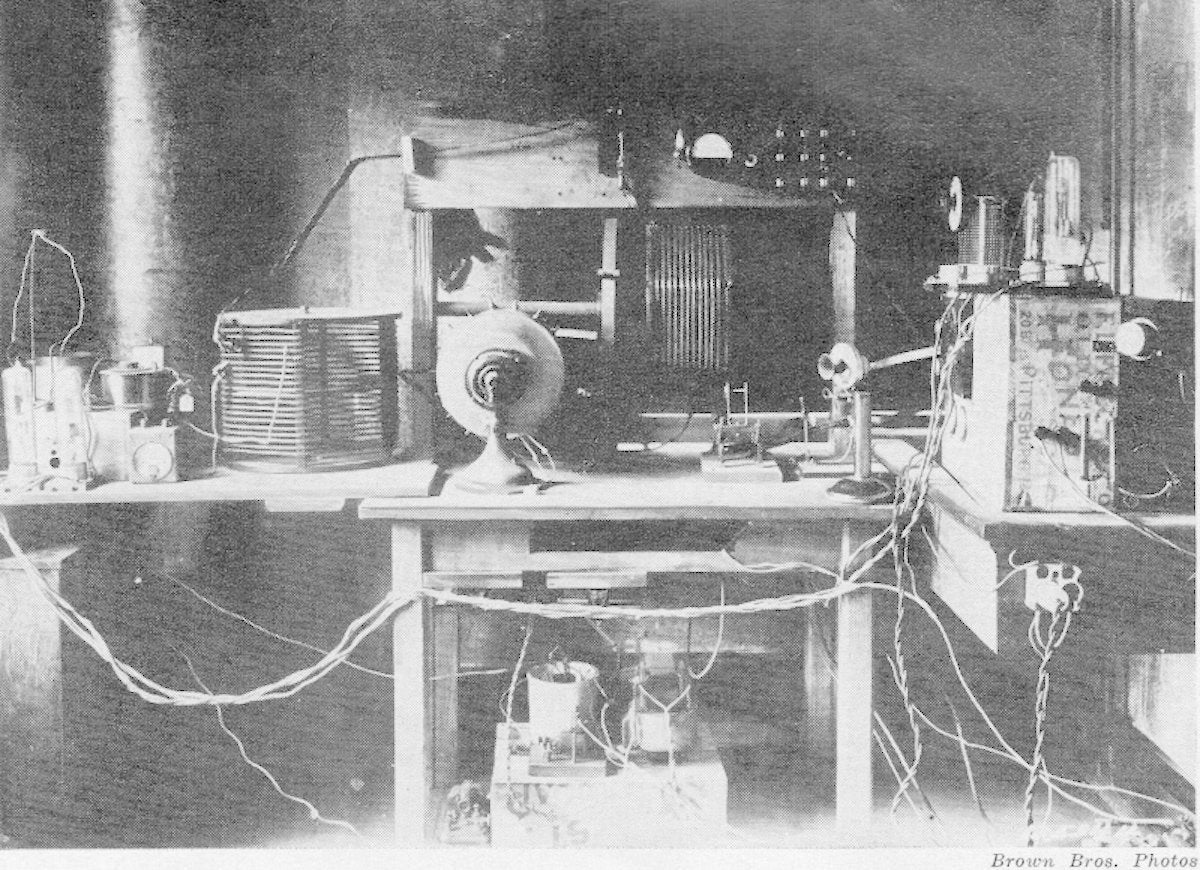
Wikimedia Commons via T. R. Kennedy Jr.
Before there were downloadable podcasts, listeners had to tune in to radio stations to hear the latest news and tunes. The first of these stations, a forerunner of KDKA in Pittsburgh, was launched in 1920 by electrical engineer Frank Conrad. Conrad, known as the “Father of Radio Broadcasting,” built a transmitter in his home and aired weekly radio broadcasts from the second floor of his backyard garage in Sylvan, Pennsylvania.
Speakerphone
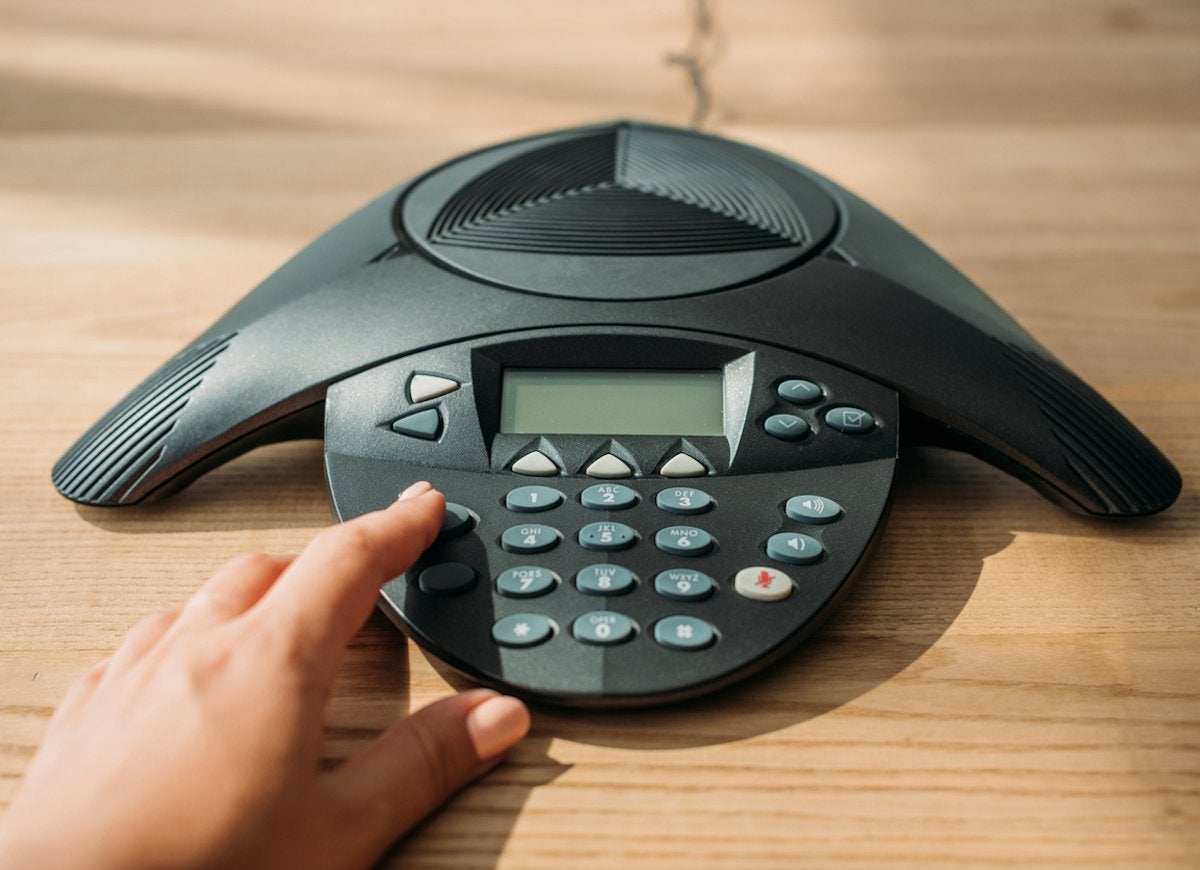
At the time of his death in 1996, Walter L. Shaw likely had more patents than pennies to his name, and one of those patents was for the technology behind the speakerphone. In 1948, Shaw, a telecommunications engineer, presented a prototype of a speakerphone he had developed in his garage to AT&T, his employer. They loved it, but Shaw refused to sign over the rights to his inventions and left the company. Without the capital to commercialize his patents, Shaw peddled his telecom expertise to the Mafia and ended up in prison.
Pacemaker
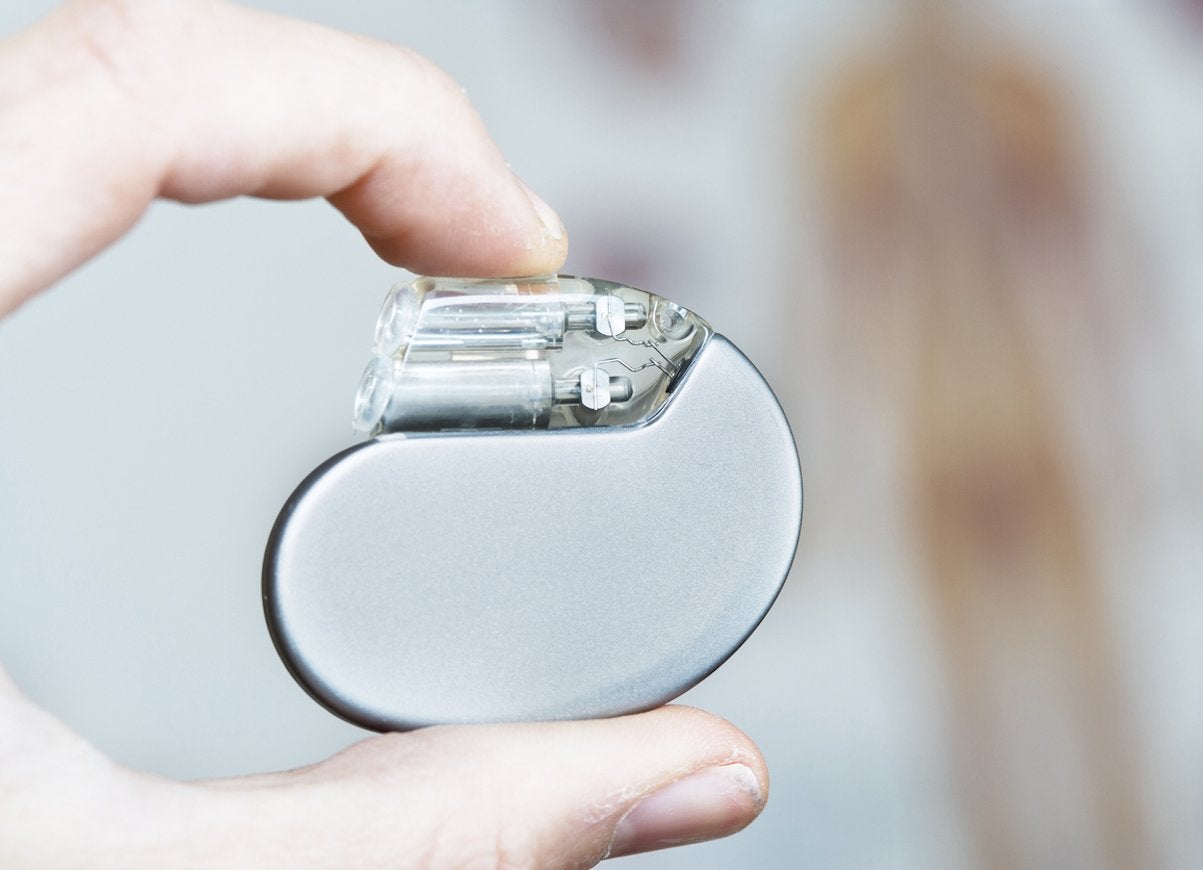
Electrical engineer Earl Bakken was truly ahead of the pulse of technology when he invented the first wearable and battery-operated pacemaker in his garage in Minneapolis in the late 1950s. The company he founded, Medtronic, made $8 in its first month of operation; today, the firm is worth more than $30 billion.
Amazon
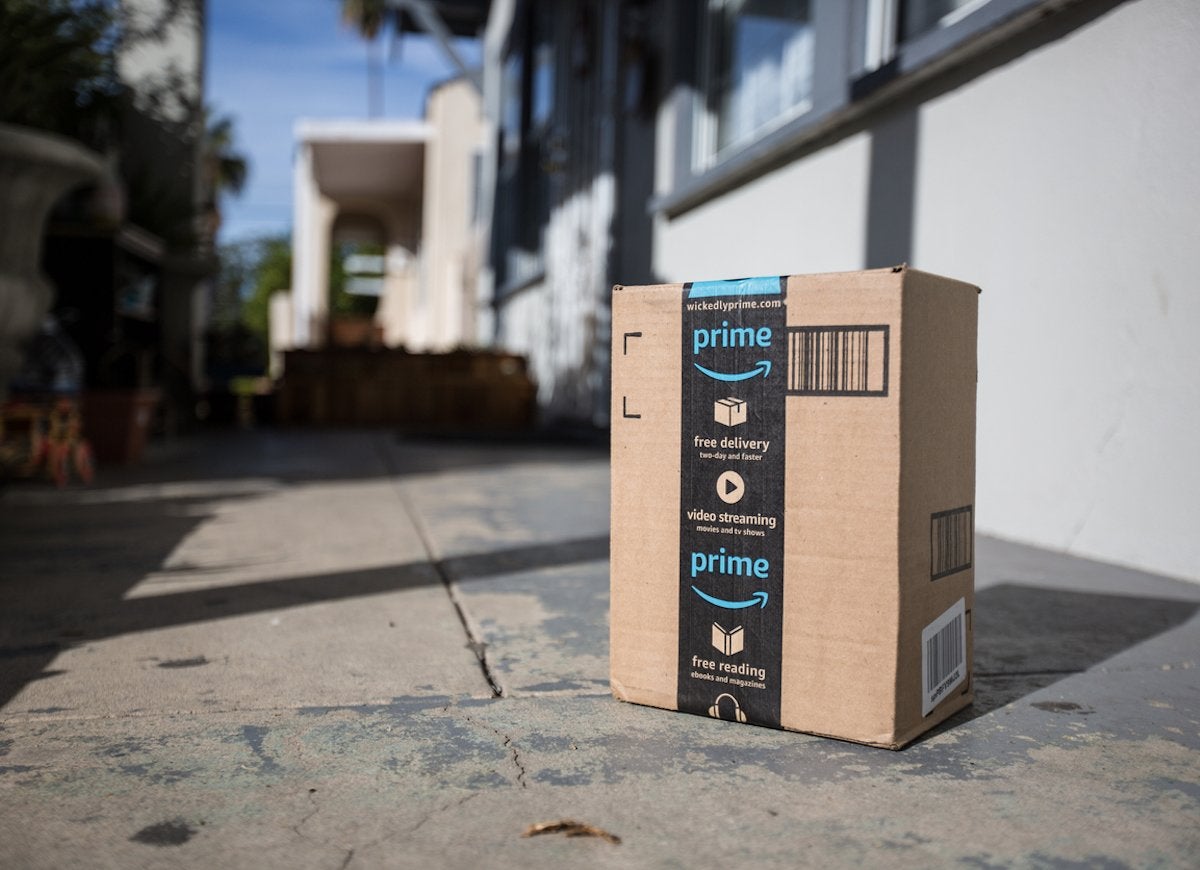
Who knew? Amazon.com, the world’s largest online marketplace, began in 1994 in the smallest of spaces—the Bellevue, Washington, garage of founder Jeff Bezos. According to Business Insider, the Amazon servers reportedly hogged so much power that Bezos and his wife couldn’t operate a hair dryer or a vacuum without blowing a fuse.
Metal Detector

Metal detectors are now widely used in the military and in airport security, thanks to the contributions of Dr. Gerhard Fisher, the first to receive a patent for the metal detector. Dubbed the “Metallascope,” the first handheld detector consisted of two wooden boxes with copper coils and vacuum tubes. It was built by Fisher and four of his colleagues at Fisher Research Labs in the garage of his Palo Alto, California, home in 1931.
Free-Piston Engine
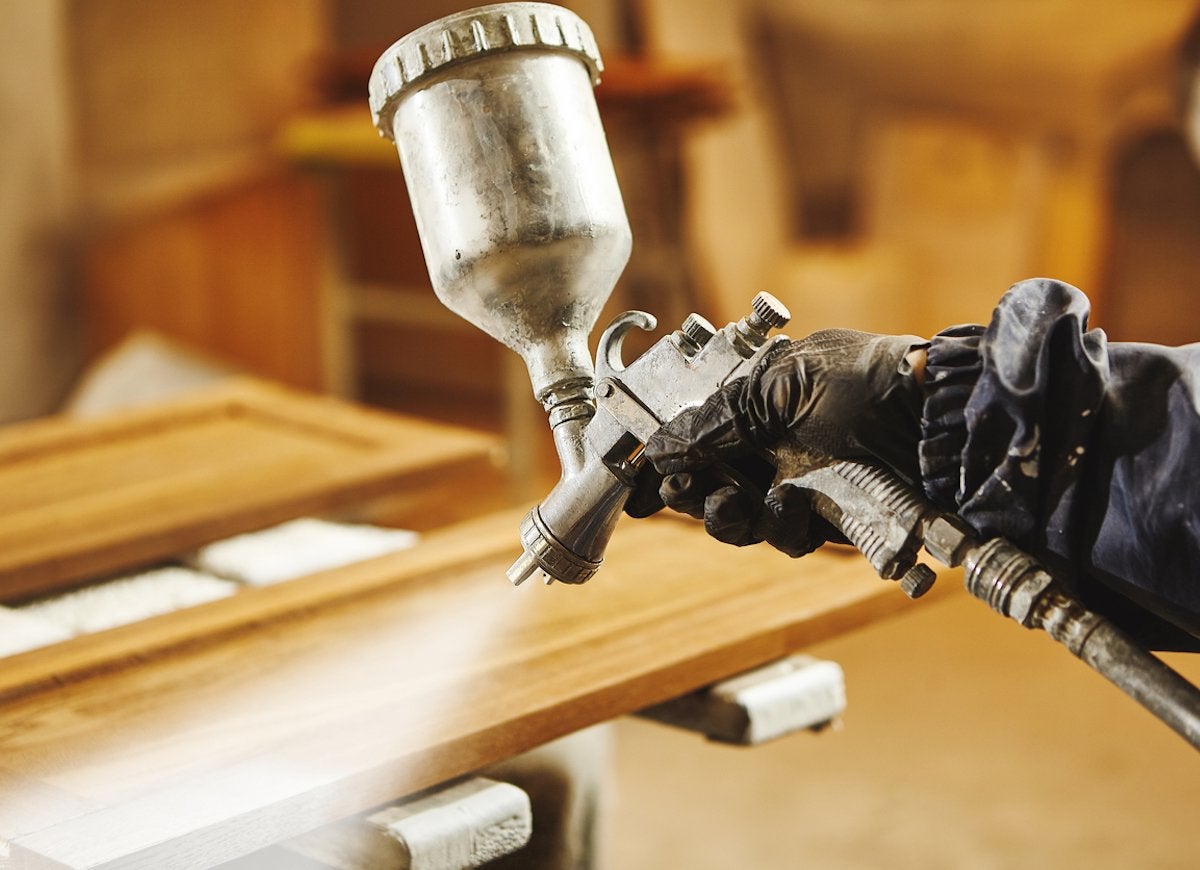
The next time you redo your walls using an airless paint sprayer, score a surface with a pneumatic chisel, or fill your tires at a gas station, spare a thought for the inventor behind the free-piston engine in the air compressors that drive these tools as well as in gas generators, hydraulic engines, and electric generators. Harold Kosoff received a patent for the linear, crankless internal combustion engine in 1964, after developing the idea in his garage.
NordicTrack
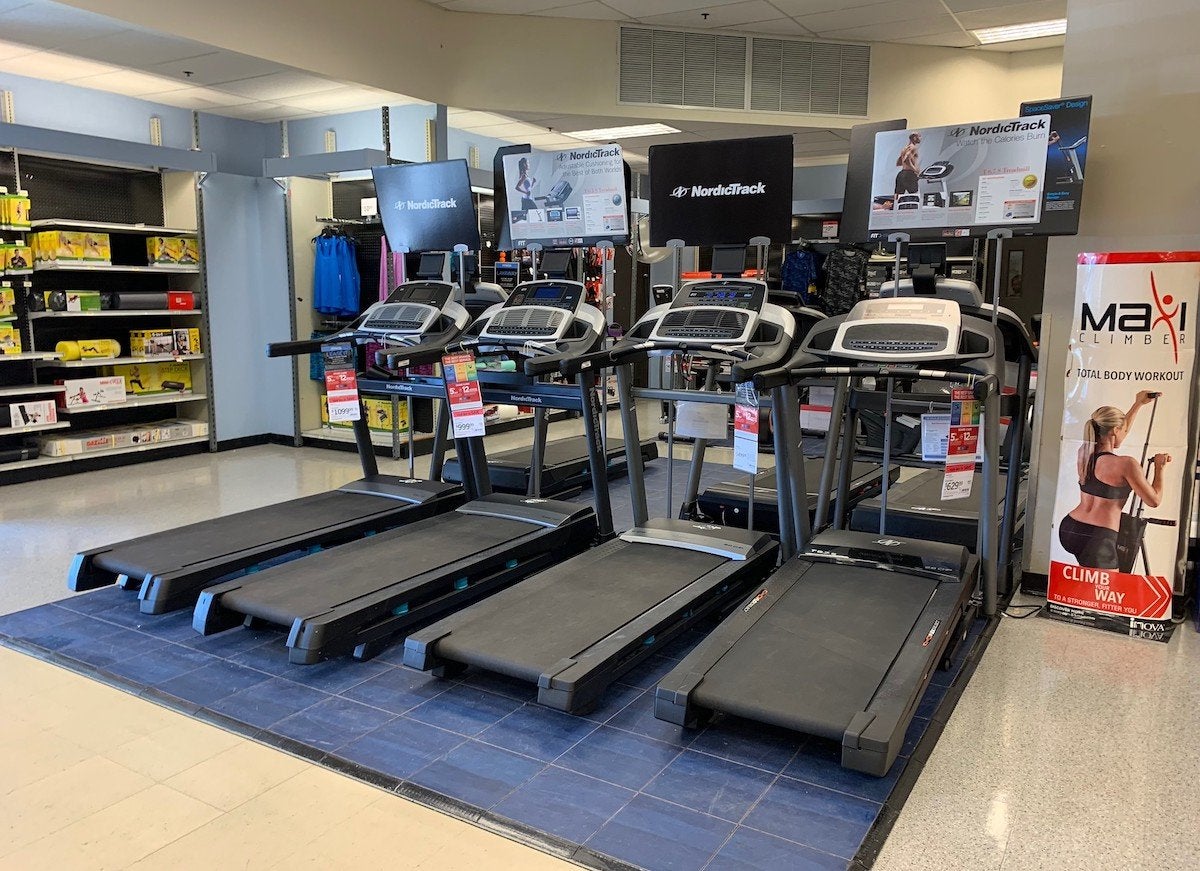
flickr.com via southbeachcars
While fitness buffs can now burn fat on a NordicTrack exercise machine in the comfort of an air-conditioned home, Edward Pauls expended calories the old-fashioned way as he strove to create the classic ski machine in 1975. In an effort to train for an upcoming cross-country ski race, Pauls, a mechanical engineer, toiled away in his garage in Chaska, Minnesota, to build the first NordicTrack ski machine.
Vermont Teddy Bears

flickr.com via Paige Bollman
The garage is often the last stop for toys we have outgrown, but John Sortino’s garage became the birthplace of a new generation of American-made teddy bears. In the early 1980s, Sortino began to lovingly assemble handcrafted teddy bears in his own garage; he was soon selling them from a cart on Church Street in Burlington, Vermont. The company now makes on the order of 500,000 bears each year.
Spirit of America
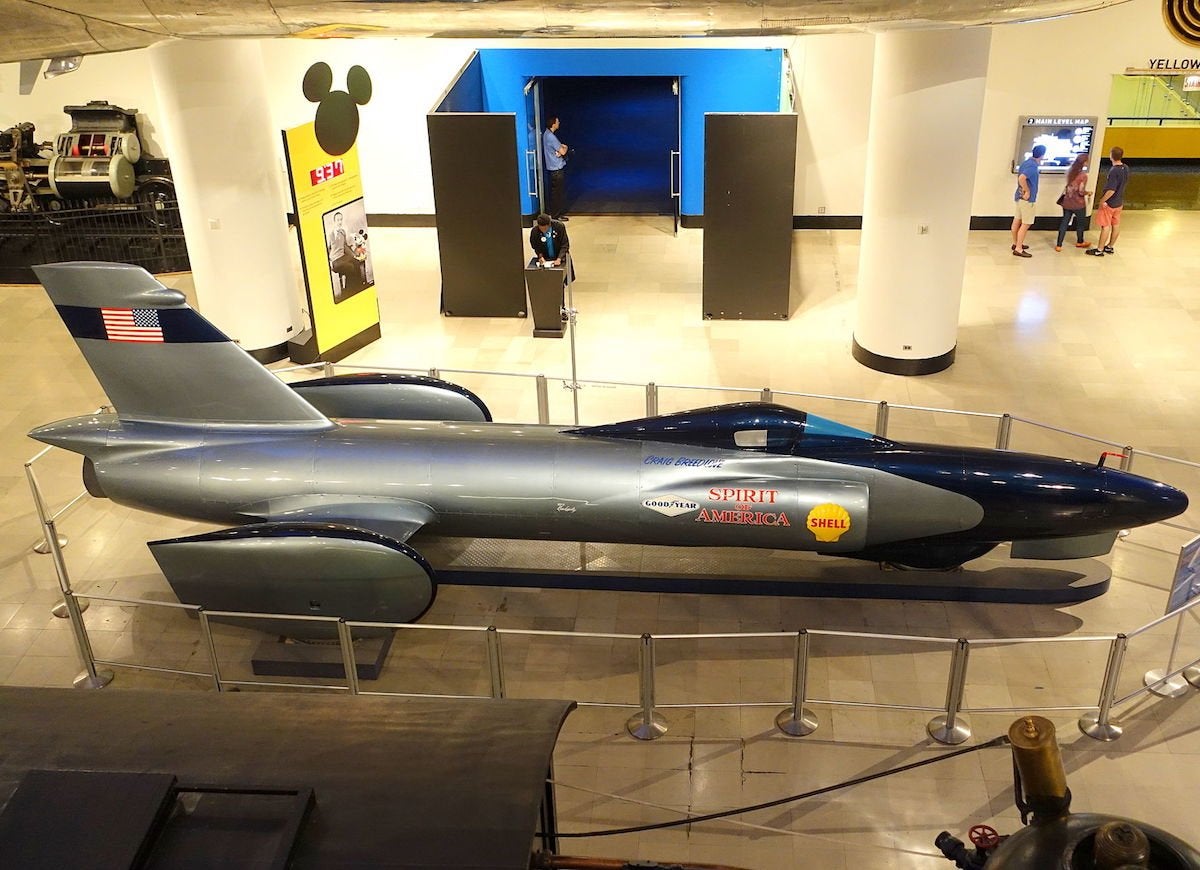
Wikimedia Commons via Daderot
When professional race car driver Craig Breedlove had a need for a speed, he didn’t just jump behind the wheel of a stock car. Instead, he headed to his father’s garage and over four years built a homemade jet-propelled car known as the “Spirit of America.” After making some improvements to the jet car, Breedlove became the first person in history to achieve land speeds of 400, 500, and 600 miles per hour.
Related: The 34 Greatest Things Ever Built in America
Chuckit!

flickr.com via cogdog
Hordes of pet parents who own the Chuckit! ball launcher have Mark Oblack and Mariel Head to thank for the fact that they can throw long for Fido without ever having to touch a ball covered in dog drool. Oblack and Head developed the mess-free dog toy—essentially a plastic ball scoop attached to a long handle—in a garage in 1998.
Jetman
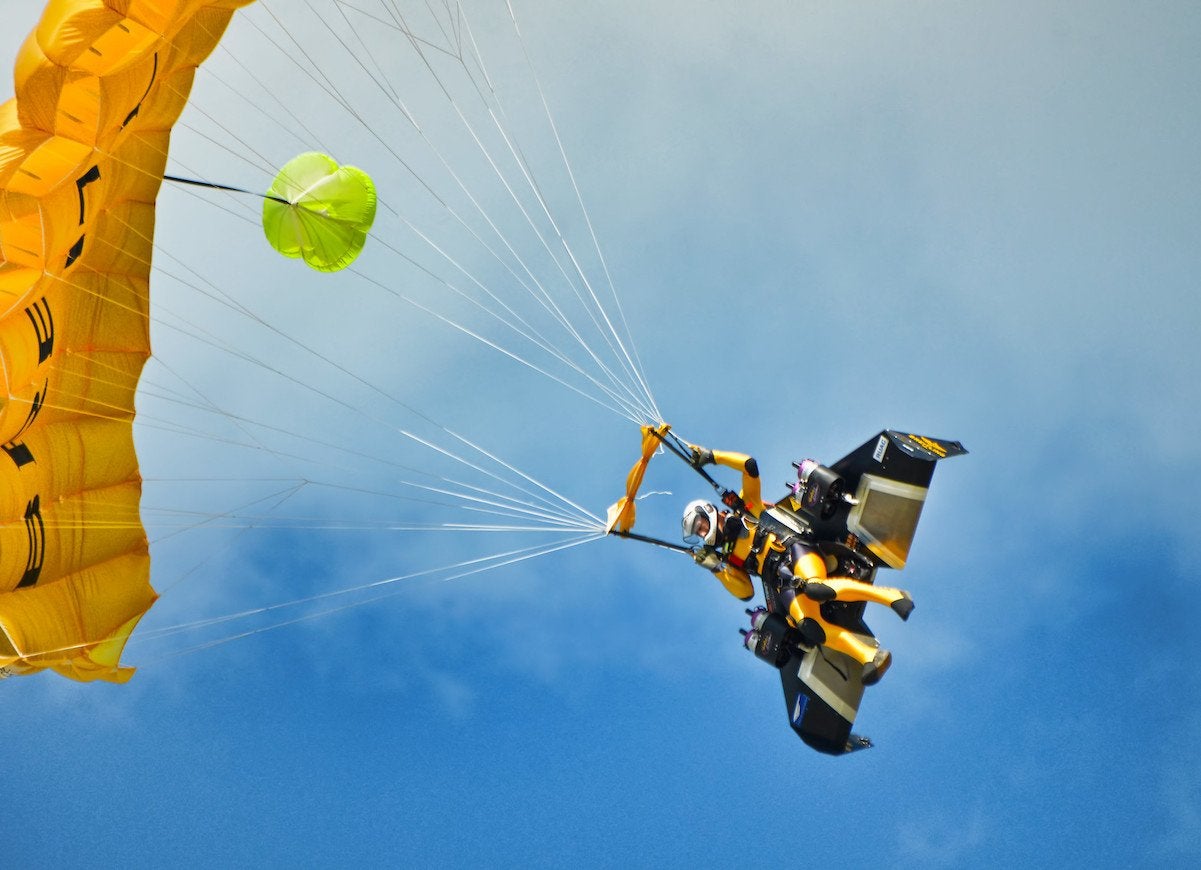
flickr.com via chorwedel
While many aviation enthusiasts would love to travel at rocket speed, a lack of appropriate attire and fear of falling keep most from realizing their flying dreams. This was not so for Swiss pilot Yves Rossy, who in the mid-1990s began developing the “Jetman,” a winged personal jetpack that flies at 100 to 200 miles per hour, in his garage. Donning the jet-powered wings, Rossy successfully completed a six-minute flight and went on to cross the English Channel (2008) and to fly over the Alps (2008) and the Grand Canyon (2011).
Oculus Rift
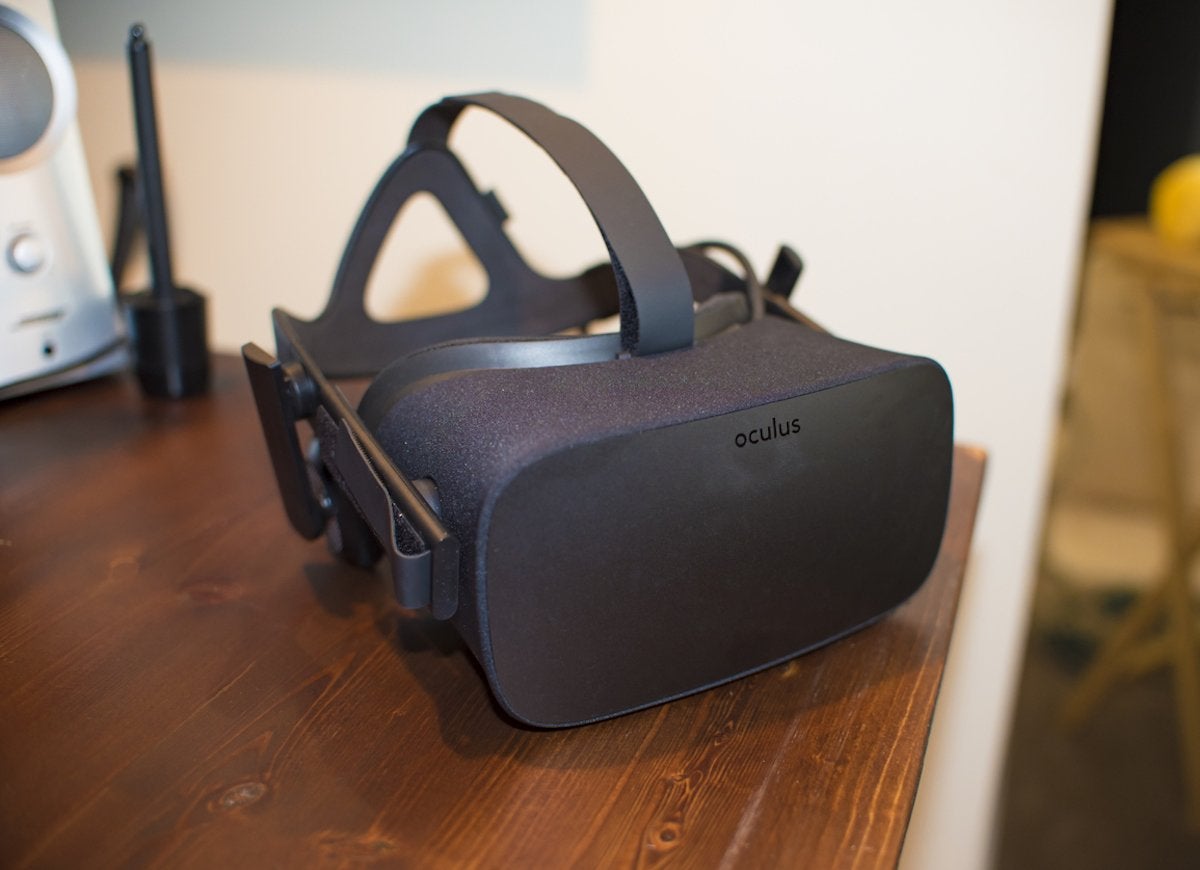
Palmer Luckey surely felt like the luckiest man in Silicon Valley when, at age 22, he and his investors sold his company, Oculus VR, to Facebook founder Mark Zuckerberg for $2 billion. Luckey built the first prototype of his game-changing virtual reality headset, the Oculus Rift, in his parents’ garage in Long Beach, California, at the ripe old age of 17.
Mattel Toys
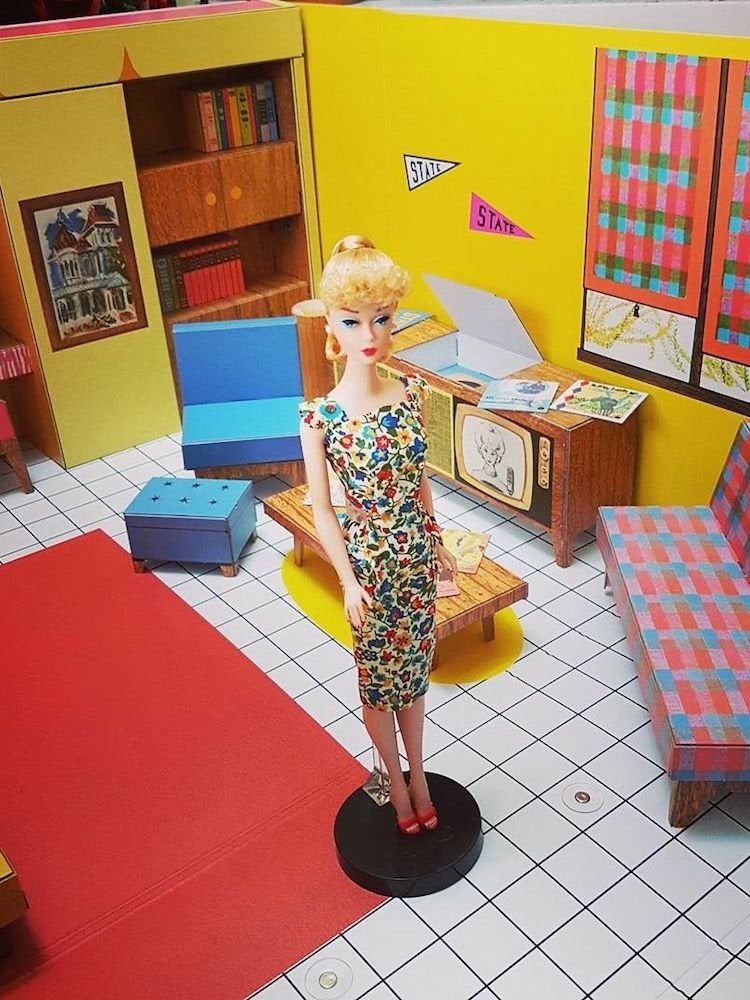
flickr.com via Isabel Martin
The latest Barbie Dreamhouse features three floors and a garage, which is exactly where Barbie inventor Ruth Handler first launched her business, Mattel, with her husband, Elliott, in 1945. The husband and wife duo made their living building and selling picture frames before they realized that they could use the scrap material from the frames to make dollhouse furniture, then musical toys, and finally dolls, which became the focus of their business.
Mecha Robot
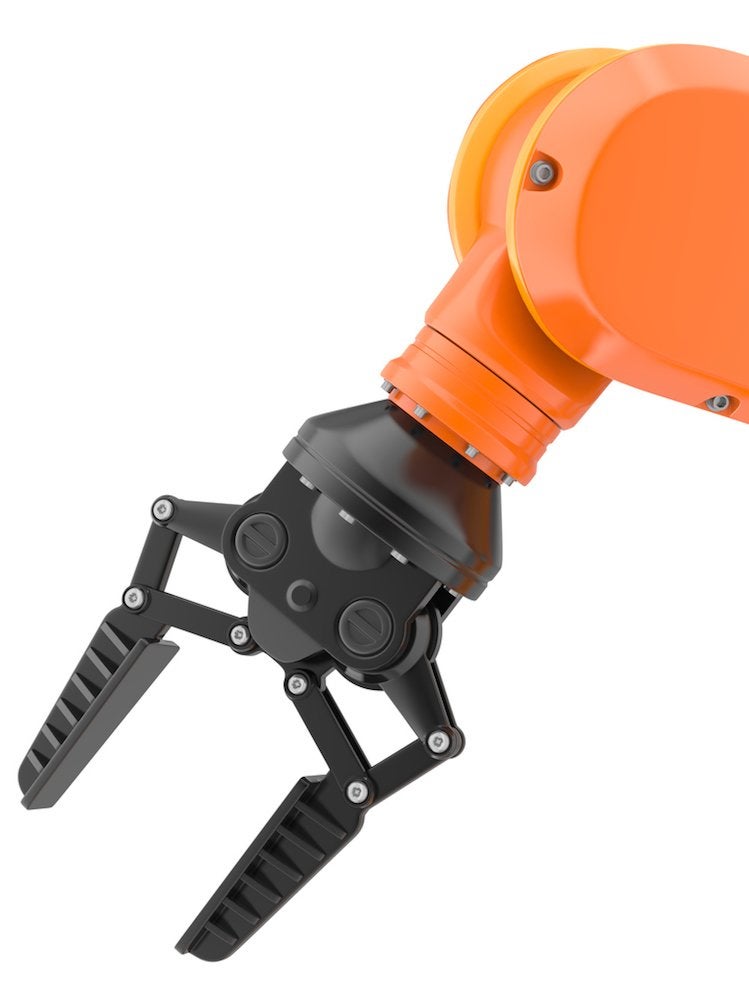
After four years of tinkering in the garage of his Wasilla, Alaska, home, Army mechanic Carlos Owens was able to construct a giant robot, or more accurately, “Mecha.” The 18-foot-tall Mecha features 27 hydraulic cylinders that allow it to mimic the motions of its pilot. Owens has big plans for the big bots, starting with using them in robot-to-robot combat, “Transformers” style.
Air Taser

Wikimedia Commons via Cpl. Alexander Mitchell
On the heels of two product failures, Rick Smith shocked the world in 1999 when he launched his Taser gun and sales soon skyrocketed. Surprisingly, the advanced stun gun was not invented in a high-tech lab, but rather in a garage that belonged to retired NASA Apollo scientist Jack Cover, who had invented an earlier Taser that relied on gunpowder as a propellant.
Ripsaw Tank
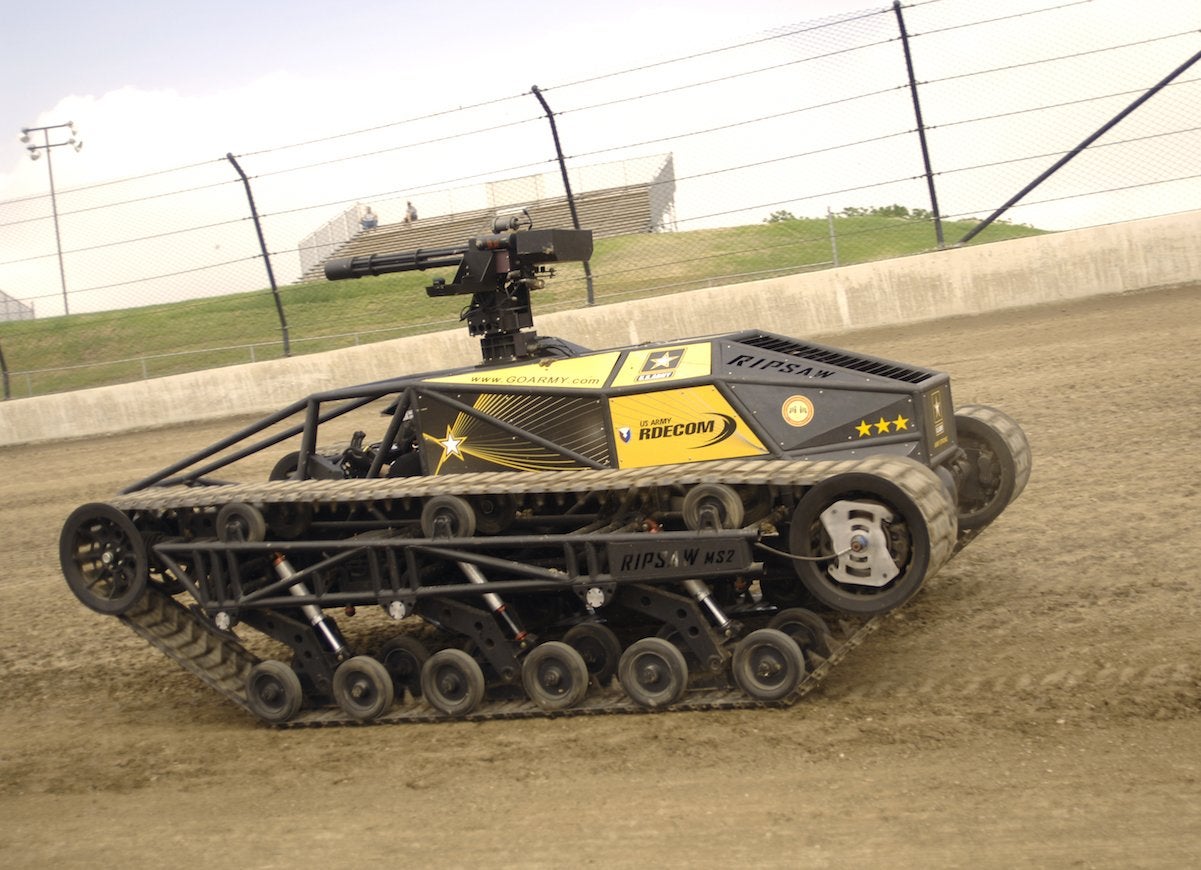
flickr.com via rdecom
From border patrol to surveillance, the Ripsaw can handle it all. But while it was designed for the battlefield, the luxury tank with a starting price of $595,000 was invented by twin brothers Michael and Geoffrey Howe in the more serene setting of their garage in Maine.
